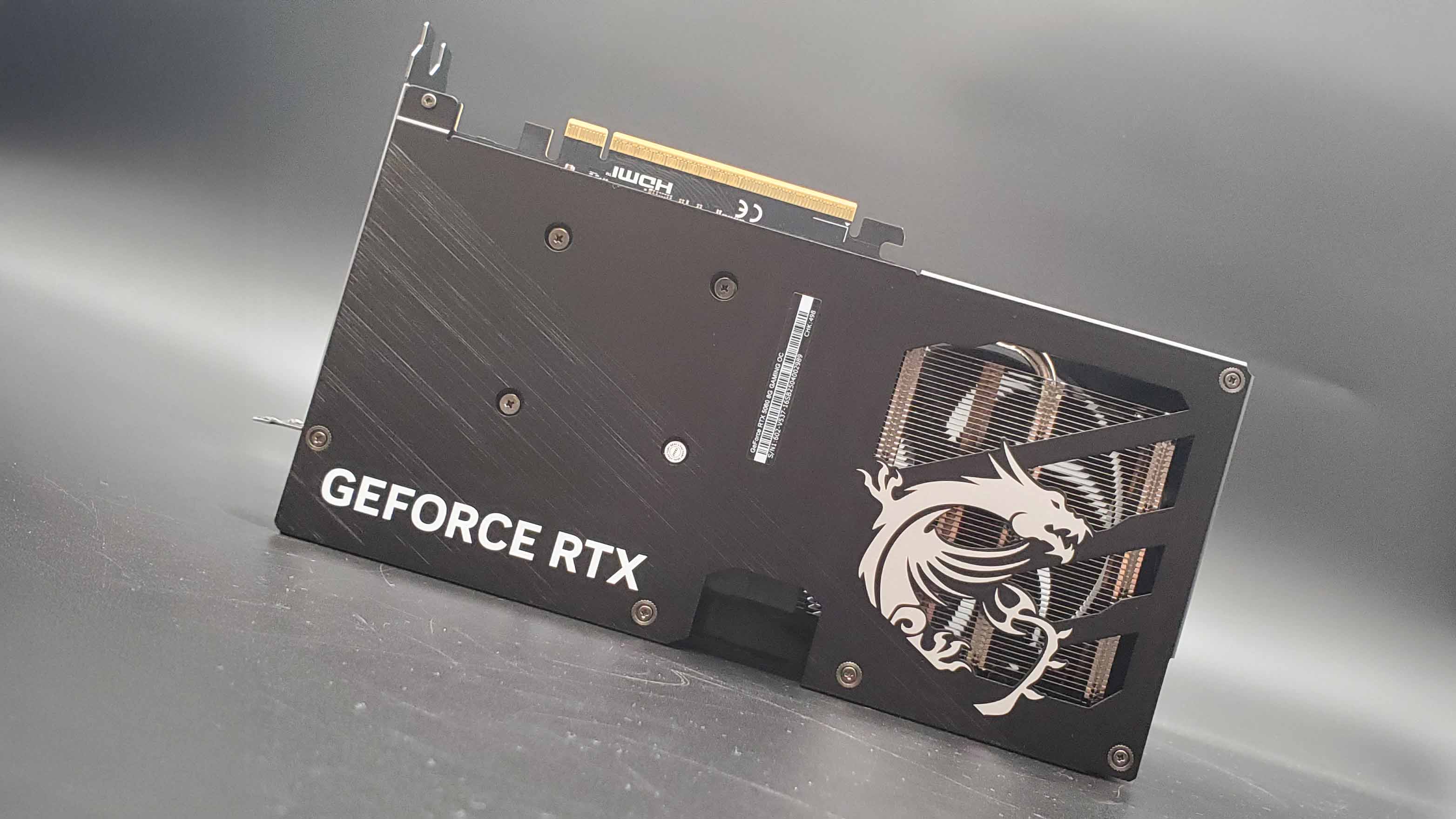Getting hold of raw hard data about how well graphics cards are selling is hard to find. German store Mindfactory is one of the few that provides such data, but few other retailers do. However, one user on X regularly provides Amazon’s GPU sales figures, and they’re back with a snapshot of what got added to carts in July.
The user in question is TechEpiphany and after a brief hiccup with some incorrect data, they published the full list of last month’s GPU sales at Amazon US. Topping the chart is the GeForce RTX 5070, with just over 6,000 sales, followed by the RTX 5070 Ti with half that number. The bronze medal goes to the evergreen RTX 3060 with 2,900.
*corrected 🔥 GPU Retail Sales Amazon US July ’25ℹ️ Nvidia: 24,950 units sold (74.15% market share)$13,959,526.00 revenue (76.22% revenue share)$559.50 ASPℹ️ AMD: 7,650 units sold (22.73% market share)$4,144,554.50 revenue (22.63% revenue share)$541.77 ASPℹ️ Intel:… https://t.co/iXHFXJiyVa pic.twitter.com/VMuvb1KlEOAugust 7, 2025
AMD isn’t that far behind, with the RX 9060 XT and RX 9070 XT enjoying sales of 2,850 and 2,250, respectively. Team Red GPUs only account for around 23% of all the units sold, which is a lot better than AMD’s estimated share of the global discrete GPU market. However, the Intel figures are a lot lower, and when you delve a little deeper into the chart, this is where some things start to look a bit odd.
The best-selling Arc graphics card, according to these data, is the A380—a 6 GB graphics card with just 8 Xe cores. My guess is that the kind of people who have bought this have chosen the cheapest Intel GPU they could find for video editing/streaming. Arc GPUs are very strong in this area, including the A380.
Intel’s best graphics card, the Arc B580, only managed to accrue 100 sales, which is a bit depressing, no matter how you look at it. Sure, it’s not the best GPU for the money, but it’s a solid alternative to AMD and Nvidia’s cards, and with certain games, it really flies.

But that’s not the odd part of the chart. Take a look at the figures for the GeForce RTX 5060. Ignore the 2,650 units sold number and instead look at the ASP or average selling price. $185? That can’t be right, as the 5060 typically sells for $300 and even the dodgiest of third-party sellers isn’t going to shift thousands of units at nearly half the normal price.
I can only assume that something hasn’t been recorded correctly, assuming TechEpiphany has genuine access to Amazon’s sales figures. No matter, as for me, the truly oddest part of the whole chart is the sheer number of truly ancient GPUs that have been sold. And in no small number.
For example, 100 people bought the god-awful GeForce GT210, though at least they only paid an average price of $35. Twice as many shoppers grabbed the equally-rotten GT610, and an astonishing 1,050 PC owners decided that the GeForce GT710 was the GPU for them.
I guess if you have an older PC that you don’t game on and you need a new graphics card for it, then anything will do. At least they were only paying around $43 for one. I fully understand such situations, but I could honestly never bring myself to buy such an old graphics card. They were awful when they first appeared, and time has done them zero favours.
Anyway, if one ignores queries as to how accurate or reliable TechEpiphany’s data is, the $3.8 million worth of RTX 5090 sales tells you everything you need to know as to why Nvidia sets its GPU prices to the levels that we have to endure.

Best graphics card 2025
